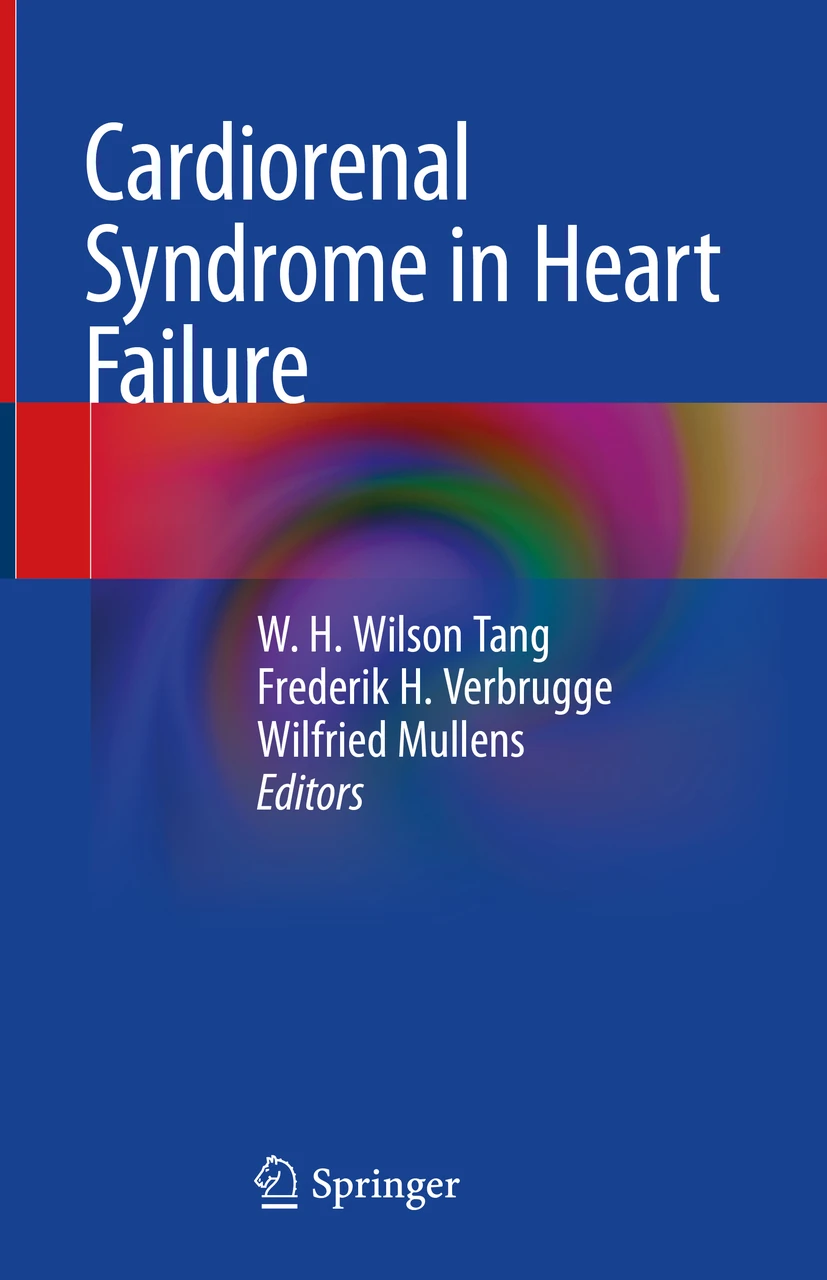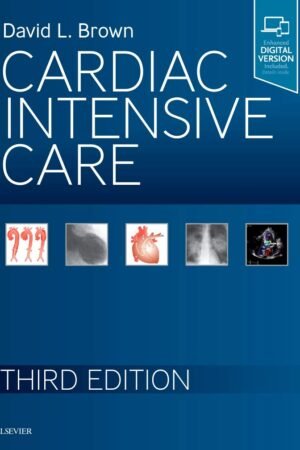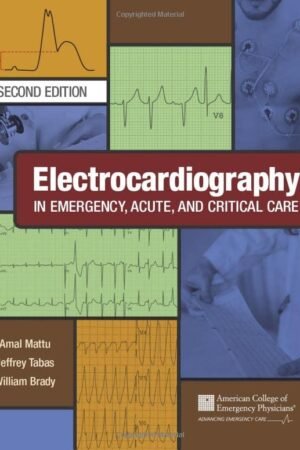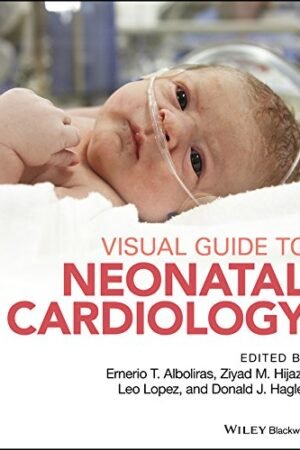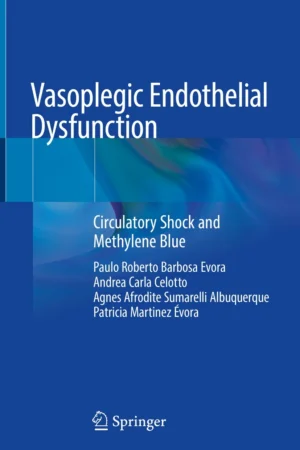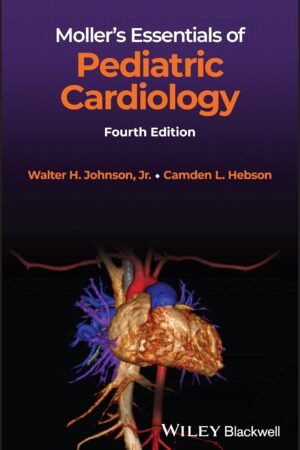Cardiorenal Syndrome in Heart Failure PDF
Introduction
Cardiorenal Syndrome in Heart Failure PDF is a focused medical reference that explores the complex bidirectional relationship between the heart and the kidneys in patients with heart failure. Cardiorenal syndrome (CRS) occurs when acute or chronic dysfunction of the heart leads to kidney impairment, or conversely, when kidney disease exacerbates heart failure. Understanding this intricate interplay is crucial because it directly impacts patient survival, hospitalization rates, and quality of life.
Why It Happens
The pathophysiology of cardiorenal syndrome involves multiple mechanisms:
-
Hemodynamic changes such as reduced cardiac output and renal hypoperfusion.
-
Neurohormonal activation including the renin-angiotensin-aldosterone system (RAAS) and sympathetic nervous system.
-
Venous congestion leading to increased renal venous pressure and impaired kidney filtration.
-
Inflammatory and oxidative stress pathways that cause progressive organ damage.
Common Complications
-
Worsening renal function during heart failure therapy
-
Volume overload and diuretic resistance
-
Electrolyte imbalances, especially hyperkalemia and hyponatremia
-
Increased risk of hospitalization and mortality
-
Progression to end-stage renal disease requiring dialysis
Risk Factors
-
Chronic heart failure with reduced or preserved ejection fraction
-
Pre-existing chronic kidney disease
-
Advanced age
-
Hypertension and diabetes mellitus
-
Repeated hospitalizations for decompensated heart failure
Diagnosis and Monitoring
-
Blood tests: Serum creatinine, blood urea nitrogen (BUN), and electrolytes
-
Estimated glomerular filtration rate (eGFR) for renal function assessment
-
Biomarkers: NT-proBNP, troponins, and novel renal biomarkers (NGAL, cystatin C)
-
Echocardiography for cardiac structure and function
-
Renal ultrasound or Doppler for vascular evaluation
-
Continuous monitoring during hospitalization to guide therapy
Management and Treatment
-
Pharmacological Therapy:
-
RAAS inhibitors, ARNI, SGLT2 inhibitors for heart failure and renal protection
-
Careful use of diuretics with strategies to overcome diuretic resistance
-
Vasodilators and inotropes in selected cases
-
-
Device Therapy:
-
Ultrafiltration for refractory fluid overload
-
Implantable devices to optimize cardiac function
-
-
Lifestyle and Supportive Care:
-
Sodium and fluid restriction
-
Close monitoring of weight and urine output
-
Multidisciplinary team care involving cardiologists and nephrologists
-
Conclusion
Cardiorenal Syndrome in Heart Failure PDF is a critical resource for clinicians managing patients with dual organ dysfunction. It emphasizes early recognition, precise monitoring, and individualized treatment strategies to break the vicious cycle between the heart and kidneys. By integrating cardiology and nephrology expertise, healthcare providers can improve outcomes and reduce rehospitalizations.
👉 Download Cardiorenal Syndrome in Heart Failure PDF to gain deeper insights into mechanisms, clinical challenges, and evolving therapies.
🌐 For further reading, visit the American Heart Association (AHA) and National Kidney Foundation (NKF).

